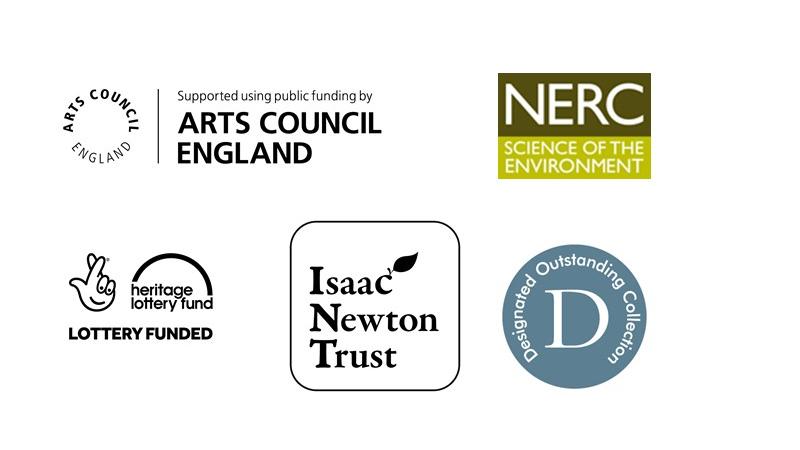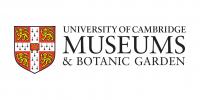Looking to the past to guide conservation for the future
Conversion of natural habitats to agriculture is the primary driver of biodiversity loss worldwide and in many countries is still continuing at a rapid rate. However, around Cambridge, the most dramatic expansion in agriculture happened hundreds of years ago. This included large-scale drainage of wetland (called fenland), causing dramatic declines in species of plants and animals that relied on this habitat. Using specimens housed in the Museum, researchers are able to study these past changes.
Behind the scenes in the insect room we store over one million individual specimens, many of them collected from local areas over the past few hundred years. These specimens and the data labels associated with them provide a unique record of the past, allowing researchers to document long-term changes in species distribution and abundance, resulting from environmental changes, such as agricultural expansion and global warming.
Amongst the wider collection, the material recorded by Leonard Jenyns is particularly useful, as he produced a detailed notebook entry for every species he collected. His recordings are written up in three beautiful, manuscript volumes called Entomologia Cantabrigiensis (Insects of Cambridge), which provide detailed information on where species were found, as well as when species emerged or arrived in the year. Researchers at the Museum are working to catalogue this information and make it accessible online for the first time, so that everyone can easily view and make use of this valuable resource.
The ultimate aim of the Jenyns Beetle Voyage Project is to use information on long-term changes in species to benefit modern day conservation. Not only do these records show how species and habitats have changed, but, by cataloguing species that have been lost, they can guide conservation efforts to restore the diverse fauna of wetland habitats. Based near Huntingdon, the Great Fen Project aims to restore over 3500 hectares of arable land to fenland. Projects such as these represent the best chance to restore some of the fenland biodiversity of Jenyns’ time.
Acknowledgements
This project has been supported by funding from Arts Council England from the Designation Development Fund, which ensures the long-term sustainability of Designated museum collections, and which maximises their public value and the sharing of best practice across the sector. Support for website development has been provided by the Heritage Lottery Fund.
The project’s team also carries out research in Southeast Asia, studying the impact of modern day habitat conversion. This work has been made possible by grants from the Natural Environment Research Council (NERC) and the Isaac Newton Fund.






